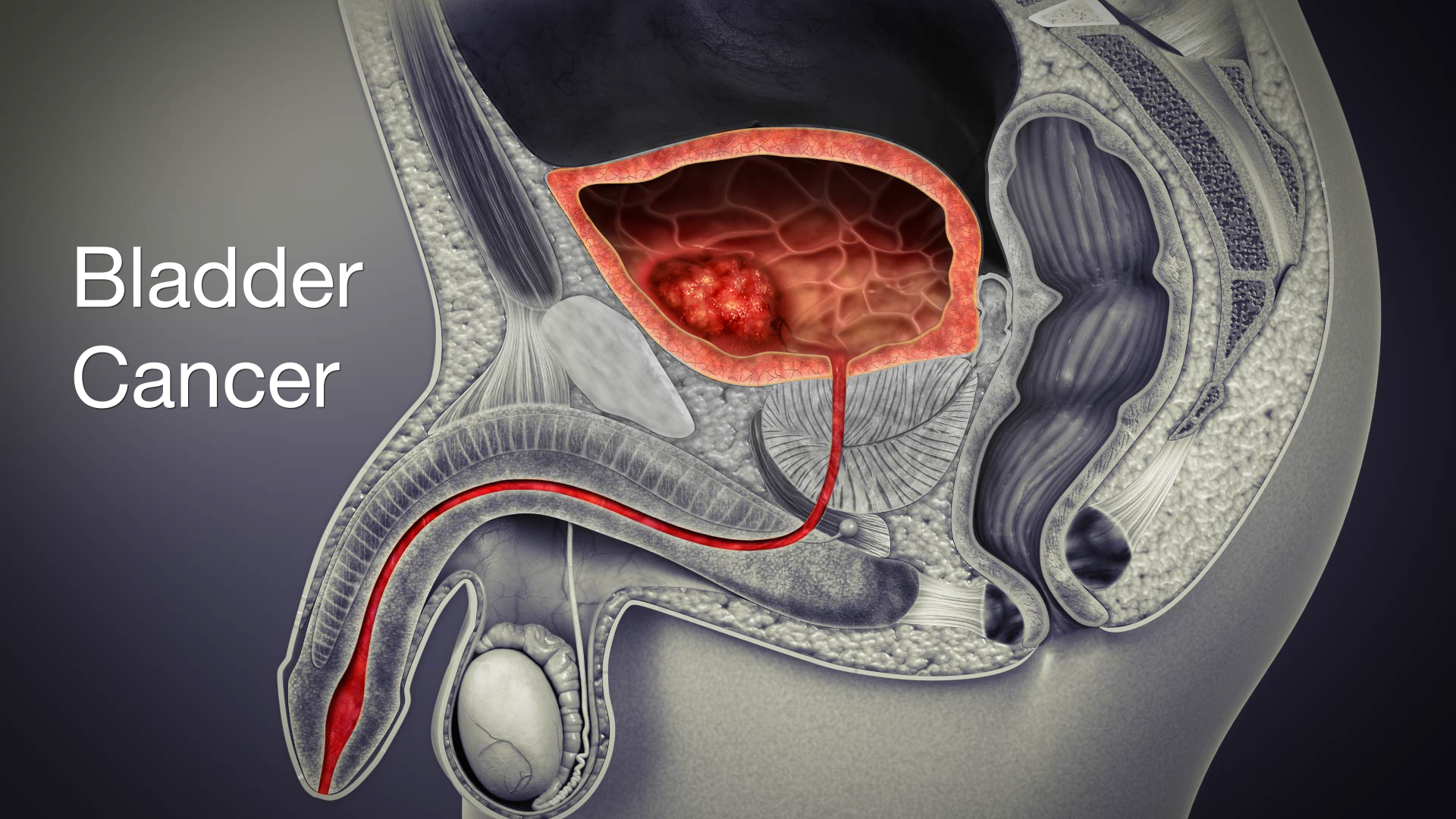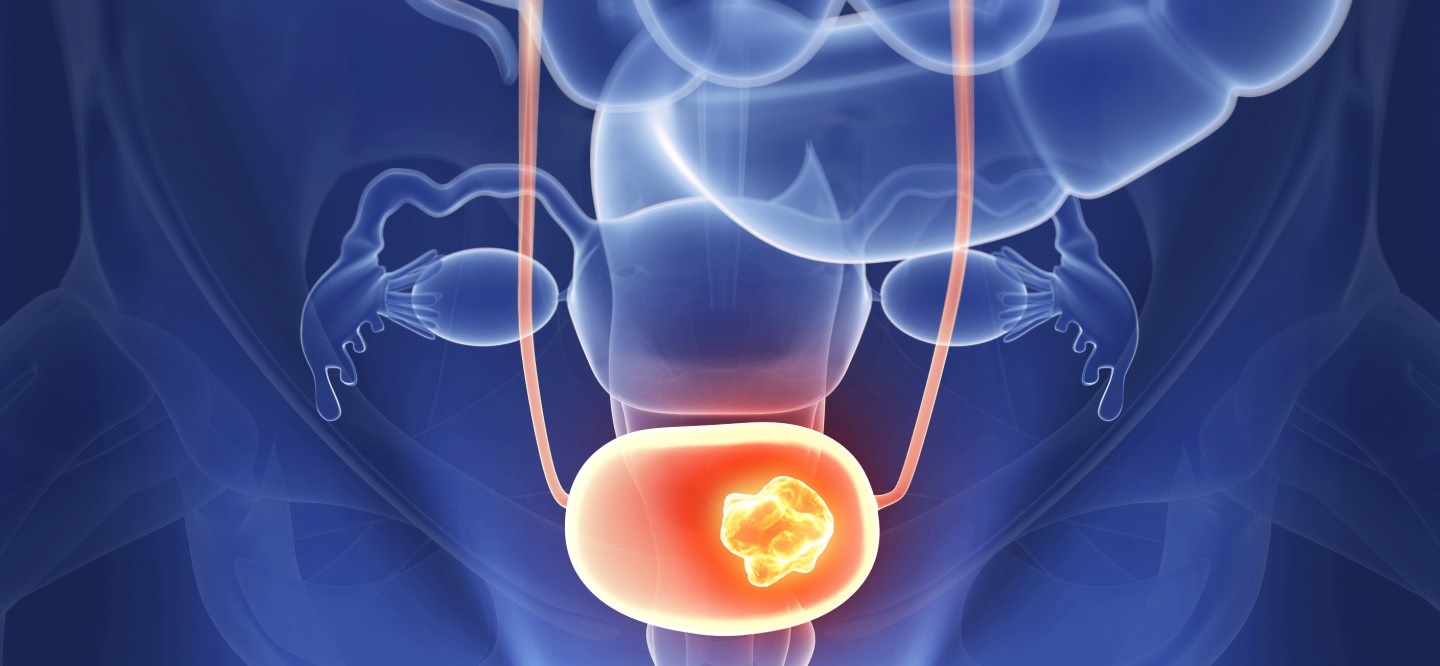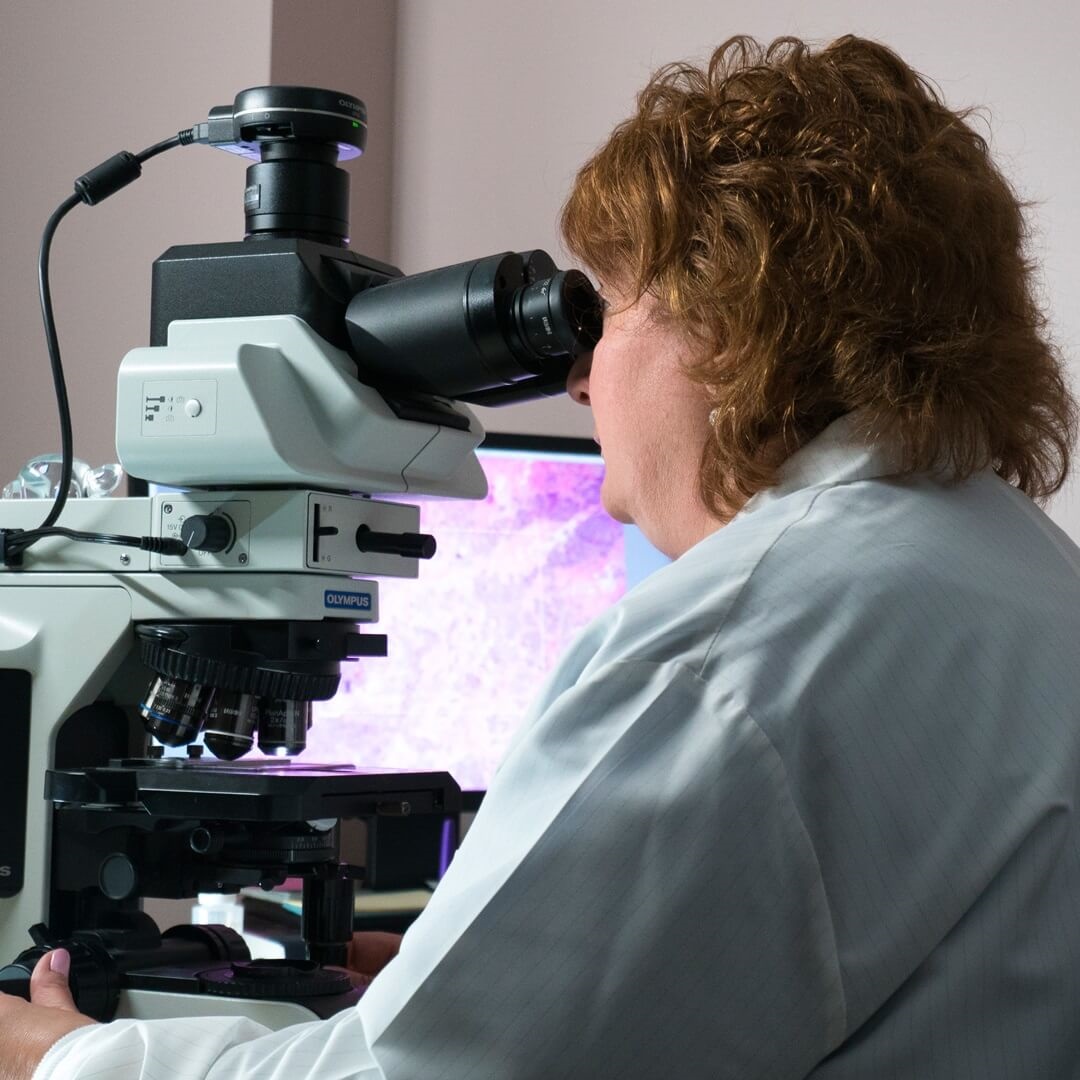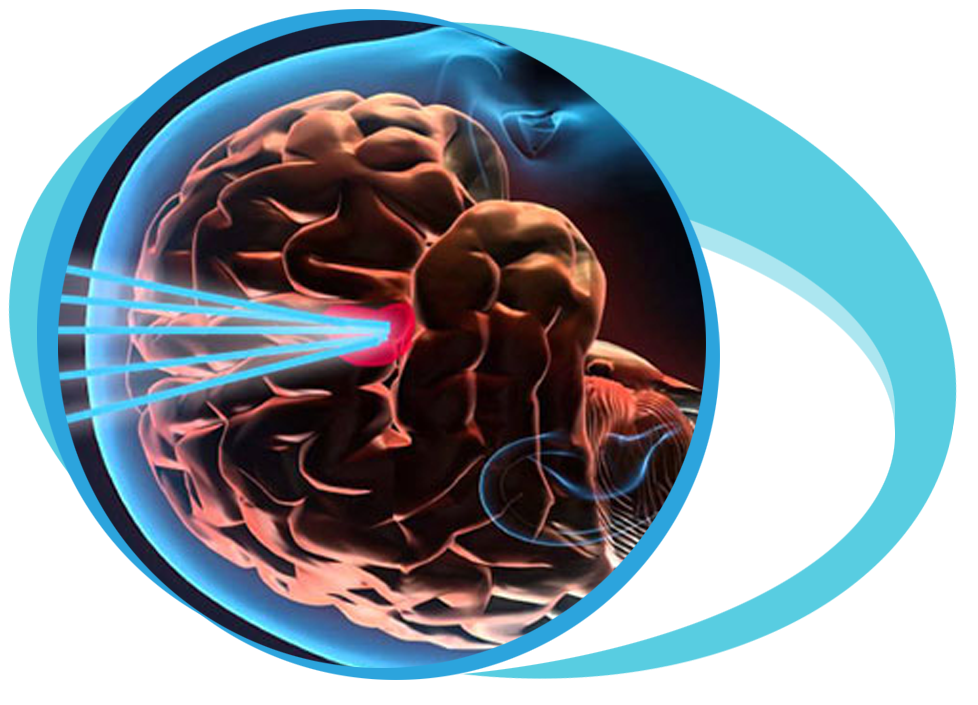Bladder Cancer Treatment in Iran Details
What is Bladder Cancer?
Cancer that begins inside the bladder is known as bladder cancer.
A bladder is in the center of the lower belly area and is responsible for holding and releasing urine.
Many bladder cancers are transitional cell carcinomas.
Adenocarcinomas and squamous cell carcinomas are considered as the other types of bladder cancer.
The development of bladder cancer is due to the abnormal growth of cells in the bladder.
These cells, instead of dividing in an orderly way and develop mutations resulting in them to grow out of control and not die.
They then finally form a tumor.
Types of Bladder Cancer
Bladder cancer has been categorized into different types that include the followings:
Carcinoma in Situ (CIS)
Carcinoma in situ (CIS) is a type of non-invasive bladder cancer that grows very quickly.
CIS looks like a red area in the bladder, and if left untreated, it can turn into invasive bladder cancer.
Papillary Bladder Cancer
This is considered as an early form of bladder cancer that looks like mushroom-like growths.
A person can have both CIS and papillary cancer.
Transitional Cell Bladder Cancer (TCC)
This is considered as the most common type of bladder cancer that begins in cells known as transitional cells in the lining of the bladder (urothelium).
Urothelial carcinoma is the other name of this bladder cancer.
This cancer is further categorized into two types, including the followings:
- Muscle Invasive Tumors: These tumors have spread right through the bladder wall or to the muscle layer of the bladder.
- Superficial Tumors: These tumors are located either on the inner lining or below the inside bladder lining.
Bladder Cancer Rarer Types
Adenocarcinomas and squamous cell cancer are considered as the rarer types of bladder cancer.
Both are invasive bladder cancer.
Adenocarcinomas begin from the glandular cells while squamous cell begins from a different kind of cell in the lining of the bladder.
Causes of Bladder Cancer
The causes of bladder cancer are unknown, and usually, it relates to radiation, smoking, chemical exposure, and parasitic infection.
Stages of Bladder Cancer
Stage 0
The presence of abnormal cells is there in the tissue lining within the bladder.
These cells can become cancerous and may also spread close to normal tissue.
This stage is further categorized into stage 0a and stage 0is that depends on the type of the tumor.
- Stage 0a: Cancer here may appear like small mushrooms that are growing from the bladder lining.
This stage is also known as papillary carcinoma. - Stage 0 is: It may look like a flat tumor on the tissue lining into the bladder. This stage is also known as carcinoma in situ.
Stage 1
In this stage, cancer has completely developed that has spread to the layer of connective tissue close to the bladder lining.
Stage 2
The second stage is marked by the spread of cancer to the layers of muscle tissue of the bladder.
Stage 3
The third stage is marked by the spread of cancer through the bladder to the layer of fat surrounding it.
Also, reproductive organs can get affected by this cancer such as vagina, prostate, uterus, or seminal vesicles.
Stage 4
This stage is categorized into different conditions where one or more can be true, including the followings:
- Cancer has spread to different body parts like liver, lung, or bone.
- Cancer has spread from the bladder to the abdomen or pelvis wall.
- One or more lymph nodes are affected by this cancer.
Diagnosis of Bladder Cancer
The bladder cancer is diagnosed by performing a cystourethroscopy (Cystoscopy) procedure for examining the lining of the bladder and urethra.
The insertion of a small tube with a camera is done within the bladder through the urethra.
A biopsy may also be performed if there is any presence of abnormal tissue.
Several urine tests are also performed for those people who are suffering from bladder cancer symptoms.
These tests include the followings:
Urine Cytology
In this test, a urine sample is examined with the help of a microscope for viewing abnormal cells that shed from the lining of the bladder.
Also, these abnormal cells are further examined to know whether they are cancerous or not.
Urinalysis
This test makes use of a chemical dipstick that changes its color when there is a presence of some features in the urine like glucose, white blood cells, and red blood cells.
A microscope is also used for further examining the urine.
Imaging Tests
These tests may help in detecting any abnormalities or masses in the urethra, kidneys, ureters, or bladder.
These tests include the followings:
Computed Tomography (CT) Scan
This test helps in examining the structure of the bladder, kidneys, and ureters.
It can also determine the blockage in the urinary tract and the extent of cancer.
It also determines the spread of cancer outside the bladder.
A contrast dye is required for performing CT scans.
Intravenous Pyelogram (IVP)
The injection of a radiopaque dye is done into a vein.
This collected dye is then excreted out by the kidneys.
The presence of the masses is visible on x-ray as the dye advances into the urinary tract and bladder through the kidney.
Treatment of Bladder Cancer
Several treatment options are available for bladder cancer that include the followings:
Radiation Therapy
High-energy beams are used that are targeted at cancer for destroying the cancer cells.
This therapy makes use of a machine, especially for the bladder cancer that moves around the body.
This energy is then directed at the precise points with the help of this machine.
This therapy can also be sued for destroying remaining cancer cells after surgery.
It is also sometimes combined with chemotherapy.
Biological Therapy (Immunotherapy)
This therapy works by signaling the immune system of the body to fight against cancer cells.
This therapy is usually performed through the urethra and directly into the bladder.
Certain drugs also used in biological therapy for treating bladder cancer.
Chemotherapy
This therapy involves the combination of two or more drugs for destroying cancer cells in the case of bladder cancer.
These drugs can be directly given to the bladder by passing a tube through the urethra or can also be given through a vein in the arm.
Chemotherapy is also sometimes combined with radiation therapy.
Surgery for Early-Stage Bladder Cancer:
Surgery is recommended when the cancer is small and has not spread to the wall of the bladder.
The two types of surgeries include the followings:
- Surgery for removing the tumor and a part of the bladder: This surgery is known as segmental cystectomy, where a part of the bladder is removed containing cancer cells. This surgery is beneficial when the cancer is limited to one specific area of the bladder that can be removed easily without causing any damage to the bladder function.
- Surgery for removing tumor: The surgery for removing bladder cancers that are in the inner layers of the bladder is known as transurethral resection (TUR).
The surgical procedure is performed by passing a small wire loop through a cystoscope and into the bladder.
The cancer cells are burned due to an electric current given by the loop.
Surgery for Invasive Bladder Cancer:
Following are the types of surgeries that are recommended when cancer has spread into the deep layers of the bladder cancer that include the followings:
- Surgery for removing complete bladder: Radical cystectomy is the name given to this procedure in which the complete bladder along with nearby lymph nodes is removed.
The removal of a part of the vagina, uterus, or ovaries is done in the case of women.
On the other hand, the removal of seminal vesicles and prostate is done in the case of men. - Surgery for creating a new way for urine to leave from the body: A new way is created for the urine to push out the urine. This new way is created immediately after the radical cystectomy.
There are many options available that depends on the situation and the patient’s preferences.
A tube can be created by using a piece of the intestine that runs from the kidneys to the outside of the body.
The urine then drains and gets collected into a pouch that the patient wear on his/her abdomen.













